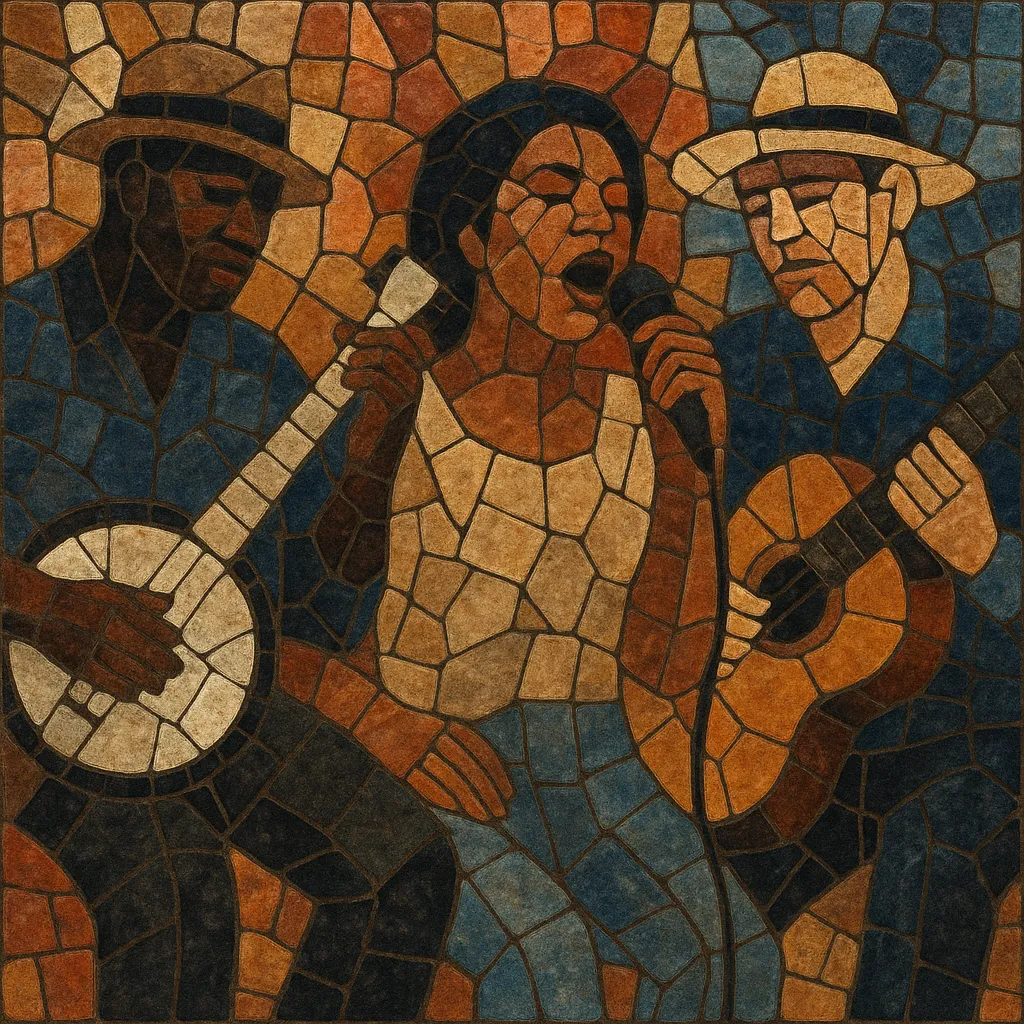
Northern American music is an umbrella term for the diverse, syncretic musical traditions that developed across the United States and Canada. It emerged from the interaction of Indigenous musical practices, European settler and immigrant folk and sacred music, and West and Central African rhythmic and vocal traditions brought through the African diaspora.
Rather than a single style, it is a landscape of practices—spirituals, work songs, fiddle tunes, shape-note hymnody, blues, jazz, country, gospel, rock and roll, R&B, and hip hop—that share core traits: narrative songwriting, emphasis on groove or backbeat, call-and-response, and a strong culture of performance and improvisation. This plural, hybrid character is the defining feature of Northern American music.
Indigenous nations across the continent maintained rich ceremonial, social, and narrative musical traditions long before European contact. From the 1600s onward, European settlers brought ballads, dance tunes, psalmody, and military band practices. Enslaved Africans introduced polyrhythms, blue-note inflections, antiphony, and a deep tradition of work songs and spiritual expression. By the 1700s, these streams were already intersecting in ports, plantations, missions, frontier settlements, and churches, laying the groundwork for a distinctly Northern American sound-world.
The 1800s saw the spread of shape-note singing, camp-meeting hymns, fiddle-and-banjo dance music, and parlor songs. Spirituals and field hollers crystallized expressive vocabularies that would later define blues and gospel. Brass and fife-and-drum bands, traveling theater, and early commercial song publishing (e.g., Tin Pan Alley’s precursors) helped standardize and disseminate repertories.
With recording and radio, regional musics reached national audiences. Blues, jazz, and country emerged as named genres; gospel coalesced in urban churches; and the backbeat-driven swing era popularized dance music worldwide. Migration (rural-to-urban and cross-border) accelerated stylistic exchange, while Indigenous and immigrant communities continued to adapt traditions in modern settings.
Rock and roll synthesized blues, gospel, R&B, and country into a youth-oriented, electrified idiom that reshaped global popular culture. Folk revivalists carried balladry and protest traditions into the mainstream. Soul and funk emphasized groove and social voice. Hip hop emerged in urban neighborhoods as a cultural movement of MCing, DJing, breaking, and graffiti, becoming a dominant global form by century’s end.
Northern American music remains a hub of innovation—hip hop, pop, indie, electronic, and roots revivals coexist and intermix. Digital platforms amplify local scenes and diasporic voices, while ongoing dialogues with Indigenous, African-diasporic, and immigrant traditions continue to renew the region’s plural musical identity.

